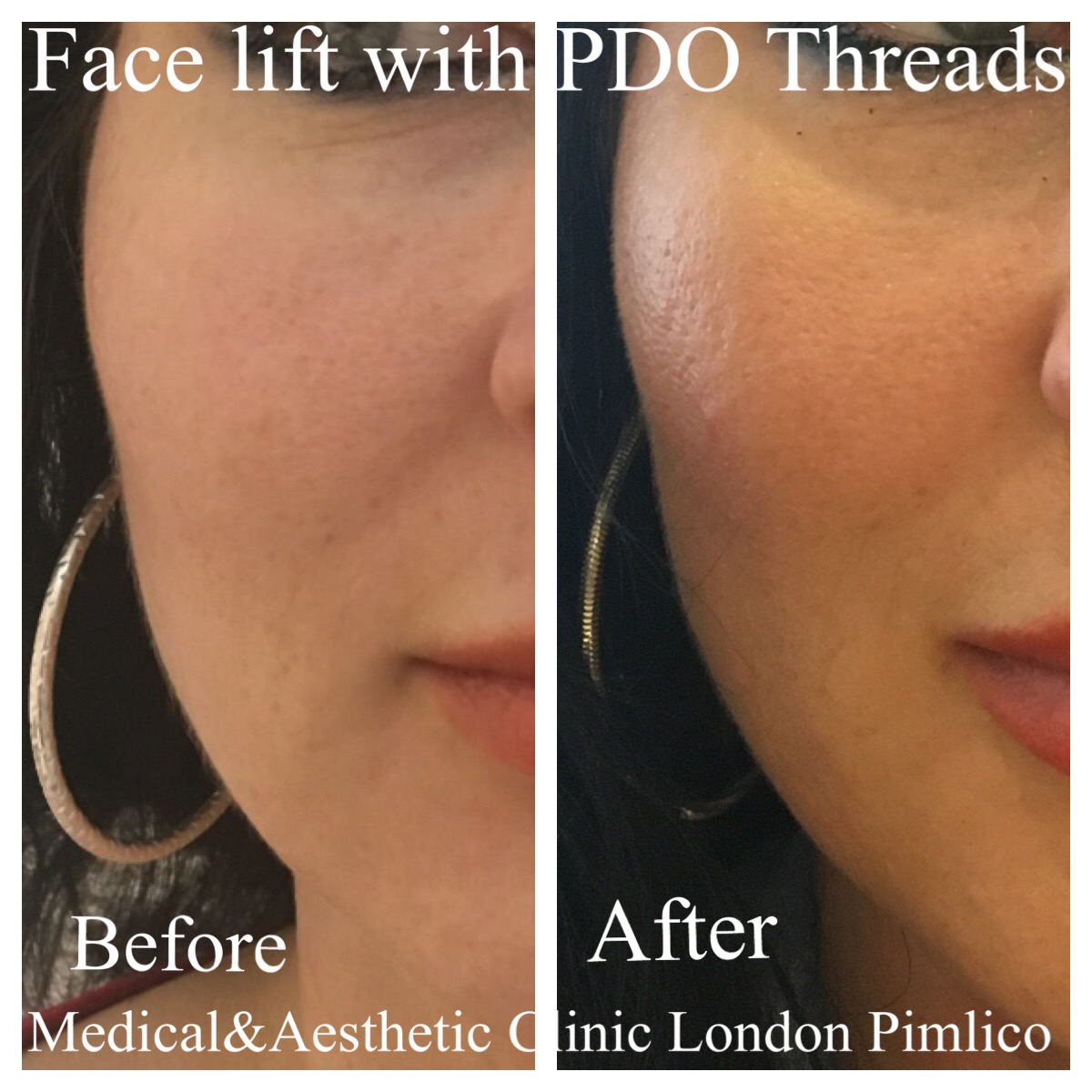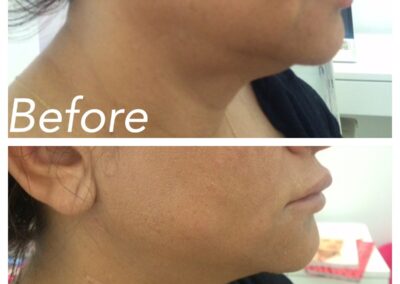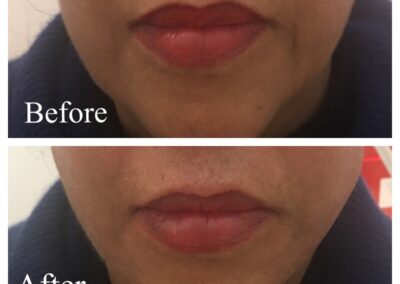THREAD LIFT with PDO Threads
What is Thread Lift?
As we age, the effects of gravity become more noticeable. In the face, the supporting tissues of the cheeks weaken, facial fat is lost, the jawline that used to be firm and tight forms jowls, the edges of the mouth turns down towards the chin, and the lower face and neck sags.
A thread lift is a delicate aesthetic procedure that lifts sagging facial skin and helps to restore its original contours.
It can be a less invasive alternative to a surgical facelift without the cost, potential risks and downtime.
Absorbable Thread lifting is a new technology compared to the older style of permanent threads.
The procedure combines simplicity with style and delivers the desired result at a reasonable cost.
Revitalizing Threads can be used to:
- Lift and add volume to sagging cheeks
- Revitalize forehead, lines around eyes, puffy eyes
- Elevate and refresh marionette lines and nasolabial folds
- Support and revitalize the neck area
- Correct asymmetry of the brow and face
- Revitalize and lift the jowl area
Ever since its introduction to the European market, the thread lifting procedure has become more reliable with greater patient satisfaction and results and very few complications.
Over 1000 Successful Procedures Performed By Our Doctor.
The procedure is performed in another location that is registered with CQC.
What are various types of Absorbable Threads?
• Lifting Threads
• Revitalizing Threads
As the name suggests, the Lifting Threads are used to lift the sagging facial tissue. The Revitalizing Threads are primarily used to rejuvenate and thicken the sun-damaged fragile skin.
Can PDO threads be combined with other cosmetic treatments?
How long will the results last?
Due to the absorbable nature of threads, more threads can be inserted at any time to maintain the results over the years to come.
How is the procedure performed? Is it painful?
Most patients tolerate the procedure really well and are often surprised by how quick and easy it is to have it done.
Threads are inserted deep under the skin using fine needles or cannula and there is no cutting or stitching involved. Threads are not visible on the skin’s outer surface.
To minimize the possibility of bruising, it is best to avoid anti-inflammatory medication such as aspirin and Nurofen (Ibuprofen), fish oil, green tea, garlic, ginkgo and other herbal products that may thin the blood.
These should be stopped at least a week prior to your planned treatment date.
Am I a candidate?
These patients do not want or are not ready for surgery but want something more than what cosmetic injectable or skin resurfacing/skin tightening procedures can offer.
If you have any of the following you may be a candidate for a thread lift:
Mild – Moderate sagging and laxity of the skin in the cheeks, eyebrows, jowls and neck.
Effects of a previous face-lift or neck-lift are wearing off.
A younger patient with cheek and brow sagging caused by weakened tissue/ recent weight loss.
Have realistic expectations.
Who is not suitable for this procedure?
Patients with very thin, fragile skin are associated with advanced facial ageing.
Patients with heavy jowls and excess skin, which require surgical removal.
Patients who do not have realistic expectations.
Author:

Dr Margaret Grabicka
General Medicine and Aesthetic Medicine Doctor with expert experience in anti-ageing procedures, dermal fillers, anti-wrinkle injections, i.v infusions, lifting threads and body contouring treatments.
THREAD LIFT with PDO Threads
Procedure That Bridges The Gap Between Fillers and Face Lift
Over 800 Successful Procedures Performed By Our Doctor.
The procedure is performed in another location which is registered with CQC.
As we age, the effects of gravity become more noticeable. In the face, the supporting tissues of the cheeks weaken, facial fat is lost, the jawline that used to be firm and tight forms jowls, the edges of the mouth turns down towards the chin, and the lower face and neck sags.
What is a Thread Lift?
A thread lift is a delicate aesthetic procedure that lifts sagging facial skin and helps to restore it’s original contours.
It can be a less invasive alternative to a surgical face lift without the cost, potential risks and downtime.
Absorbable Thread lifting is a new technology compared to the older style permanent threads.
Ever since its introduction to the European market, the thread lifting procedure has become more reliable with greater patient satisfaction and results and very few complications.
The procedure combines simplicity with style and delivers the desired result at a reasonable cost.
Which particular effects of aging can Absorbable Threads help to reduce?
Revitalizing Threads can be used to:
• Lift and add volume to sagging cheeks
• Revitalize forehead , lines around eyes, puffy eyes,
• Elevate and refresh marionette lines and naso-labial folds
• Support and revitalize the neck area
• Correct asymmetry of the brow and face
• Revitalize and lift the jowl area.
What are various types of Absorbable Threads?
There are two main types:
• Lifting Threads
• Revitalizing Threads
As the name suggests, the Lifting Threads are used to lift the sagging facial tissue. The Revitalizing Threads are primarily used to rejuvenate and thicken the sun damaged fragile skin.
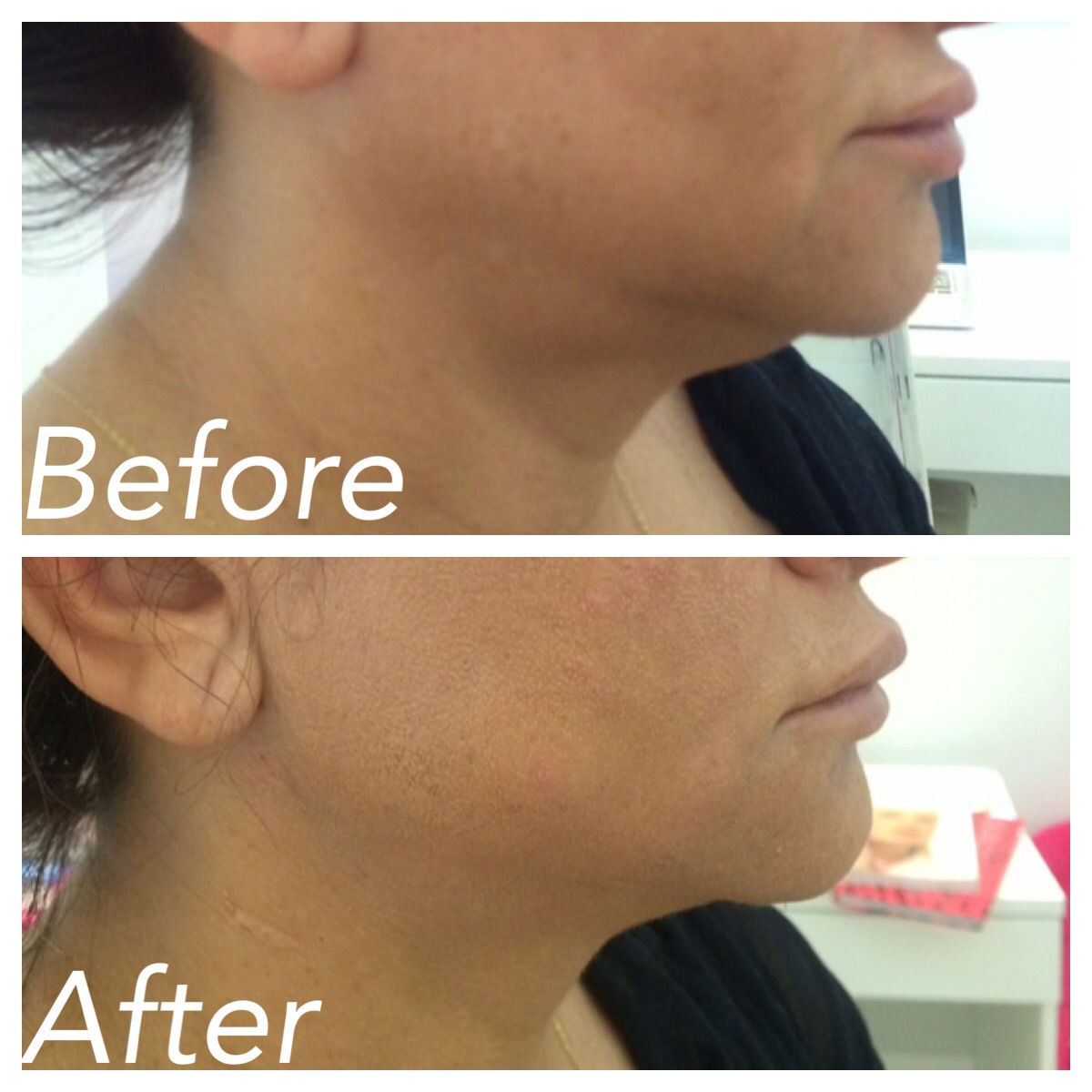
Can PDO threads be combined with other cosmetic treatments?
We rarely use a thread lift as a stand-alone procedure. We routinely combine Threads with dermal fillers and skin resurfacing procedures as part of our non-surgical makeovers.
How long will the results last?
Most patients report longevity of up to 2 years.
Due to the absorbable nature of threads, more threads can be inserted at any time to maintain the results over years to come.
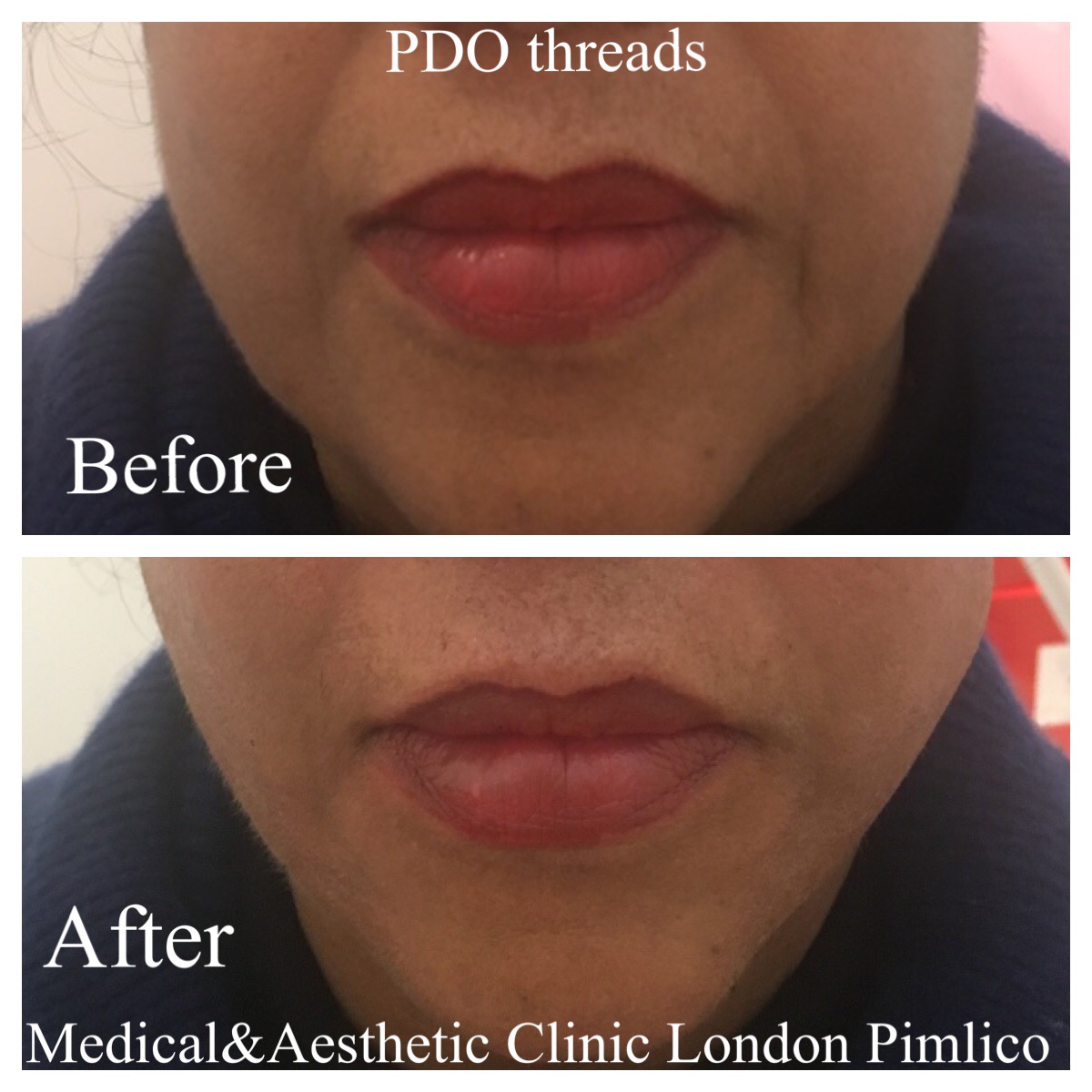
Am I a candidate?
Suitable candidates for a thread lift procedure are those who are experiencing mild to moderate sagging of facial tissues, usually those in their late thirties ,forties to late fifties.
These patients do not want or are not ready for surgery but want something more than what cosmetic injectable or skin resurfacing/skin tightening procedures can offer.
If you have any of the following you may be a candidate for a thread lift:
- Mild – Moderate sagging and laxity of the skin in the cheeks, eyebrows, jowls and neck.
- Effects of a previous face-lift or neck-lift are wearing off.
- A younger patient with cheek and brow sagging caused by weakened tissue/ recent weight loss.
- Have realistic expectations.
Who is not suitable for this procedure?
Unsuitable candidates for thread-lift surgery include:
- Patients with very thin, fragile skin associated with advance facial ageing.
- Patients with heavy jowls and excess skin, which require surgical removal.
- Patients who do not have realistic expectations.
How is the procedure performed? Is it painful?
Absorbable thread lifting is performed under local anesthesia as a walk-in walk-out procedure in under 60 minutes.
Most patients tolerate the procedure really well and are often surprised how quick and easy it is to have it done.
Threads are inserted deep under the skin using fine needles or cannula and there is no cutting or stitching involved. Threads are not visible on the skin’s outer surface.
To minimize the possibility of bruising, it is best to avoid anti-inflammatory medication such as aspirin and Nurofen (Ibuprofen) , fish oil, green tea, garlic, ginkgo and other herbal products that may thin the blood.
These should be stopped at least a week prior to your planned treatment date.
